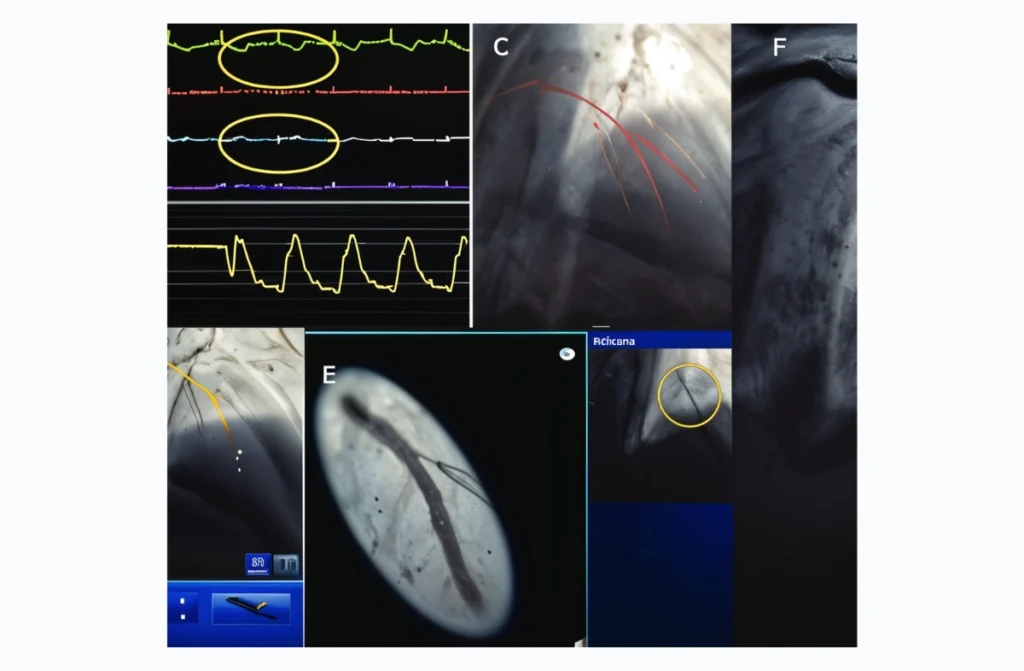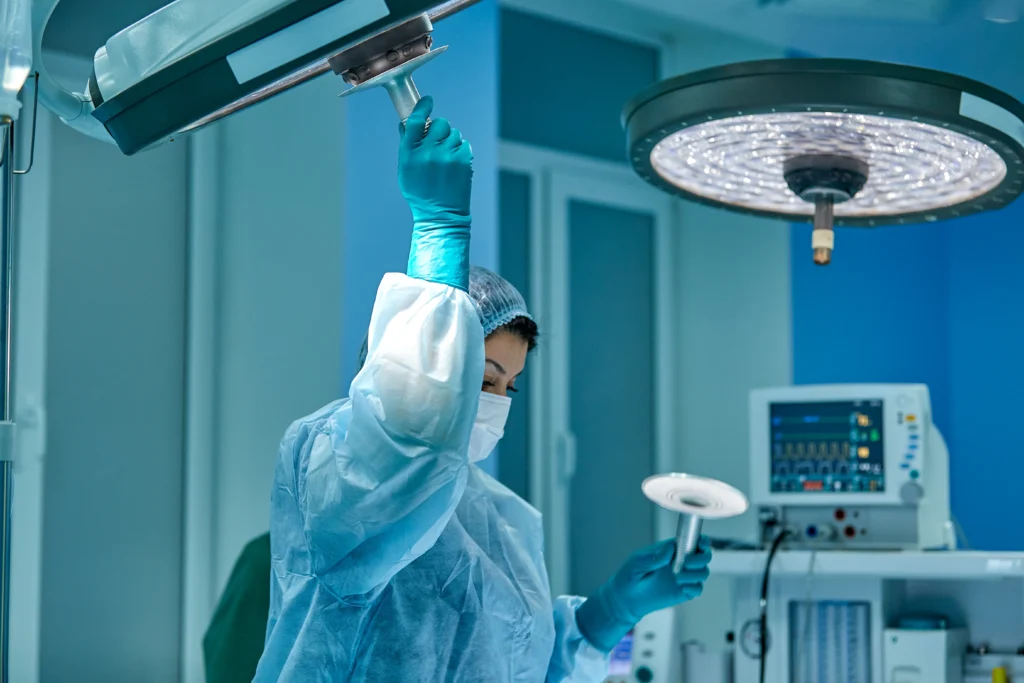Ultralow contrast angioplasty in Chennai is a cutting-edge medical procedure used to treat vascular conditions with minimal use of contrast dye, reducing the risk of kidney damage and complications. This technique is gaining popularity for its potential to improve patient outcomes and safety in the field of interventional cardiology.
What is Ultralow Contrast Angioplasty?
Ultralow contrast angioplasty in Chennai is a medical procedure that is primarily used in the field of interventional cardiology to treat certain cardiovascular conditions, particularly in patients who have kidney problems or a high risk of contrast-induced nephropathy (CIN). Contrast-induced nephropathy is a condition where the contrast dye used during medical imaging procedures, such as angiography, can lead to kidney damage or impairment.

Causes of Ultralow Contrast Angioplasty
Ultralow contrast angioplasty is a medical procedure used to treat patients with renal impairment or a history of contrast-induced nephropathy (CIN), which is a form of kidney injury caused by the use of contrast agents in medical imaging. The main cause of ultralow contrast angioplasty in Chennai is the need to minimize the amount of contrast dye used during the procedure to reduce the risk of kidney injury.
- Pre-existing kidney impairment: Patients with pre-existing kidney disease are at higher risk of developing contrast-induced nephropathy when exposed to contrast agents. To mitigate this risk, ultralow contrast angioplasty is used.
- Previous episodes of contrast-induced nephropathy: Patients who have previously experienced contrast-induced nephropathy are more susceptible to developing it again. Ultralow contrast angioplasty in Chennai is employed to minimize the risk in such cases.
- High-risk patients: Some patients are at a higher risk of developing CIN, such as those with diabetes, advanced age, congestive heart failure, and other comorbidities. Ultralow contrast angioplasty may be chosen for these high-risk patients.
Who is the Right Doctor for Ultralow Contrast Angioplasty
Dr. M. Kathiresan is a renowned interventional cardiologist with expertise in performing Ultralow Contrast Angioplasty. His extensive experience and specialized skills make him the right doctor for this complex and delicate procedure. Patients seeking treatment for conditions that require Ultralow Contrast Angioplasty in Chennai, can trust Dr. M. Kathiresan to provide expert care and guidance throughout their medical journey.
Treatment for Ultralow Contrast Angioplasty in Chennai
Treatment for Ultralow Contrast Angioplasty in Chennai is a medical procedure used to treat narrowed or blocked blood vessels, typically in the context of coronary artery disease. It is called “ultralow contrast” because the procedure aims to minimize the use of contrast dye to reduce the risk of kidney damage, particularly in patients with pre-existing kidney problems or a high risk of contrast-induced nephropathy.
- Pre-procedure Preparation: Before the procedure, the medical team will assess the patient’s kidney function, evaluate the overall risk of contrast-induced nephropathy, and take steps to minimize this risk. This may include ensuring adequate hydration and discontinuing nephrotoxic medications.
- Minimal Contrast Use: The primary objective of ultralow contrast angioplasty is to reduce the amount of contrast dye used during the procedure. This is achieved by using advanced imaging techniques, like intravascular ultrasound (IVUS) or optical coherence tomography (OCT), which provide high-resolution images of blood vessels and can guide the intervention without relying heavily on contrast.
- Pharmacological Agents: In some cases, pharmacological agents may be used to reduce the risk of contrast-induced nephropathy. N-acetylcysteine and sodium bicarbonate are examples of medications that have been studied for their potential protective effects.
Benefits of Ultralow Contrast Angioplasty
Ultralow contrast angioplasty, also known as ultra-low contrast media angioplasty, is a medical procedure used in interventional cardiology to treat vascular conditions, primarily involving the coronary arteries. This approach is designed to minimize the use of contrast media, which contains iodine and can be harmful to the kidneys in high doses.
- Reduced risk of contrast-induced nephropathy (CIN): Contrast-induced nephropathy is a potential complication of procedures involving the use of contrast media, where the kidneys can be damaged by the contrast agent. Ultralow contrast angioplasty in Chennai aims to minimize the amount of contrast used, lowering the risk of CIN, especially in patients with pre-existing kidney issues.
- Safer for high-risk patients: Patients with pre-existing kidney disease, diabetes, or other risk factors for CIN may benefit from ultralow contrast angioplasty because it reduces the likelihood of kidney damage.
- Lower contrast-related side effects: Reducing the amount of contrast media used can lead to fewer side effects, such as allergic reactions and contrast-induced hypertension.
Risks of Ultralow Contrast Angioplasty
Ultralow-contrast angioplasty, also known as “zero-contrast” angioplasty, is a minimally invasive medical procedure used to treat vascular conditions such as coronary artery disease (CAD) or peripheral artery disease (PAD) while minimizing the use of contrast dye. While this approach can be beneficial for patients with impaired kidney function or a history of contrast allergies, it comes with its own set of risks and challenges.
- Reduced visibility: Using less contrast dye means that the interventional cardiologist or radiologist has reduced visibility of the blood vessels and the site of the intervention. This can make it more challenging to navigate and accurately assess the condition of the arteries.
- Limited guidance: Reduced contrast may limit the ability to use fluoroscopy and other imaging techniques effectively, making it more difficult to guide the placement of catheters and stents accurately.
- Increased risk of complications: Due to limited visualization, there is a higher risk of complications such as dissections (tearing of the arterial wall), thrombosis (blood clot formation), or incomplete stent deployment. This can potentially lead to the need for additional procedures or even emergency surgery.
Conclusion
Ultralow contrast angioplasty in Chennai is an advanced medical procedure designed to minimize the use of contrast dye during angiographic interventions. This technique has gained significance in the field of interventional cardiology and radiology as it addresses the concerns of contrast-induced nephropathy and other adverse effects associated with high contrast dye volumes. Ultra-low contrast angioplasty represents a promising approach for achieving successful vascular interventions while reducing the risk of contrast-related complications.
Read also: Post Bypass Angioplasty


